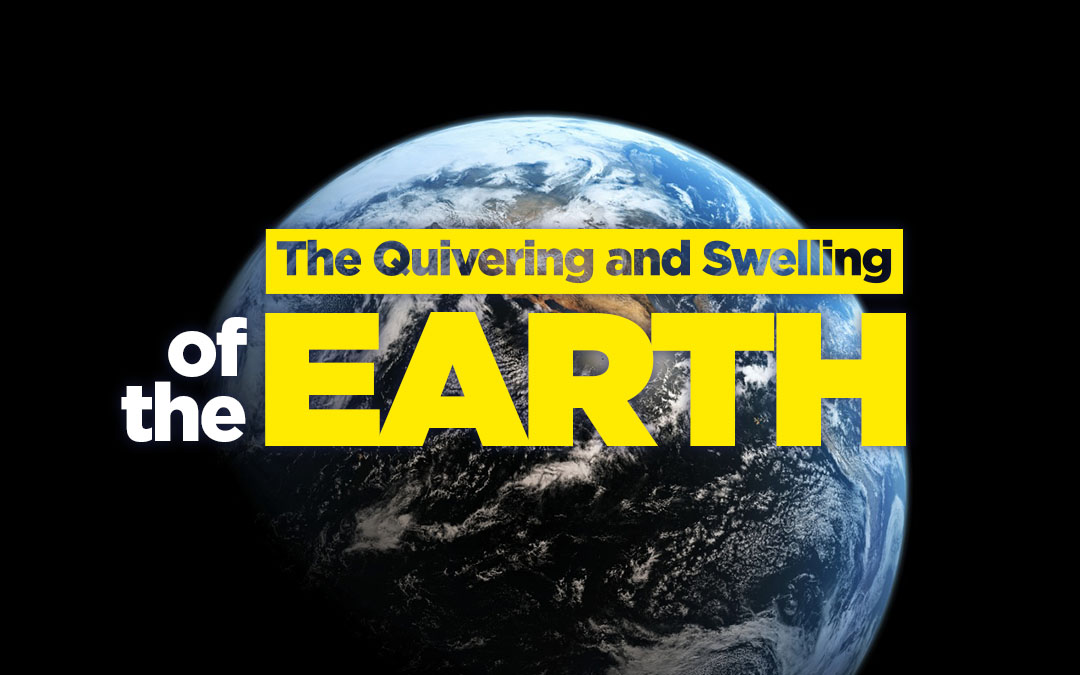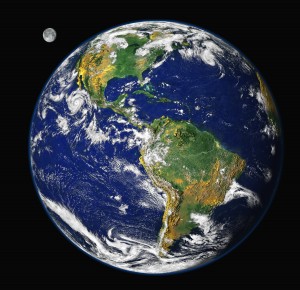By Truth Seeker Staff
“And you see the earth dead and barren. Then, when We send down water onto it, it quivers and swells and sprouts with luxuriant plants of every kind.” (Al-Hajj 22:5)
The Arabic word for “quivers” is “ihtazzat,” meaning “to set in motion, come alive, quiver, move, stir; the movement and stretching of a plant.” The word “rabat,” translated as “swells,” bears the meanings “to increase, grow in number, swell, grow, develop, rise (of a plant), provision, fill with air.” These words describe in the most appropriate manner the changes that occur in the molecular structure of soil during rain.
The motion described in the verse is different from the movement of Earth’s crust, such as when a portion of it moves to produce an earthquake, for it is only the soil particles that are moving. These particles are composed of layers, each of which is on top of the other. When water penetrates the layers, it causes the swelling of mud particles. The stages referred to in the verse can be scientifically explained as follows:
- Quivering of the soil: The electrostatic charge on the particle surface that appears after the water falls on the soil in sufficient amount would cause its instability and quivering movements. This movement is stabilized only after this charge has been neutralized with an opposing one. The soil particle’s moving and quivering is also due to its collision with water particles. Since the water particles move in no specific direction, the soil particles move as they are struck from all sides. Robert Brown, a Scottish botanist, discovered in 1827 that when raindrops fall on the soil, they cause a kind of shaking and vibration in the soil molecules. He described this movement of microscopic particles, which today is known as the “Brownian motion.”1
- Swelling of the soil: When it rains, those raindrops hitting the soil cause its particles to swell and increase in volume. This is because when there is abundant water, the space between soil particles, which allows water particles and dissolved ions to enter, increases. When water and the nourishing elements dissolved in it diffuse between the layers, the size of the soil particles increases. Consequently, these particles serve as water deposits that bring the soil to life. It is due to Allah’s infinite grace upon humanity that this water is stored in this manner without seeping downward due to the action of gravity. If the soil could not hold water and these mineral deposits could not be laid down in the soil, the water would soak into Earth’s deepest parts and, because of its resulting absence, all plants would soon die. However, our Lord has created the soil in such a way that various products can emerge from it.
- Sprouting of the earth: When there is enough water in the soil, the seeds become active and absorb simple nutritious material. Growing plants meet their water requirements for 2 to 3 months from these deposits.
The above verse describes, in three stages, what happens when rain falls onto dry ground: the soil particles quiver, and the soil swells and then brings forth various products. These stages, which the Qur’an revealed 1,400 years ago, are strikingly parallel to the scientific descriptions. Another verse reveals this about plants:
“A sign for them is the dead land that We bring to life and from which We bring forth grain, of which they eat.” (Ya-Sin 36:33)
————
- Brian J. Ford, “Brownian Movement in Clarkia Pollen: A Reprise of the First Observations,” The Microscope, 1992, vol. 40, no. 4, pp. 235-241; http://www.brianjford.com/wbbrowna.htm
Taken with slight editorial modifications from www.miraclesofthequran.com.
From: Truth-Seeker


